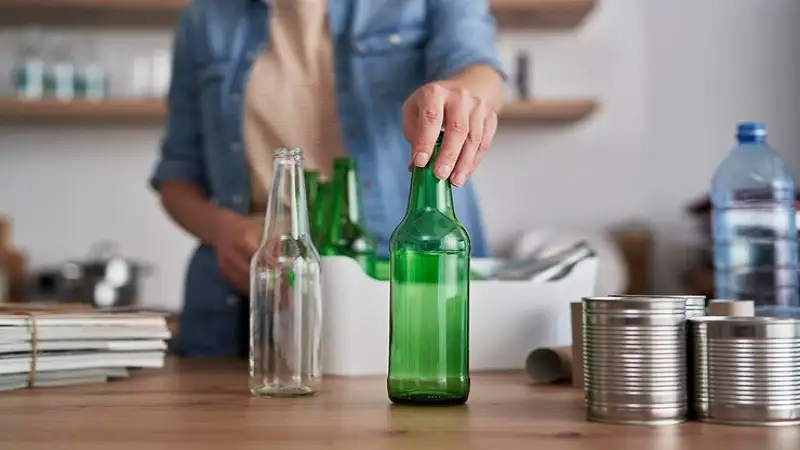When it comes to consuming alcoholic beverages, understanding what constitutes a “standard drink” is crucial for monitoring alcohol intake. A common question arises: why are a 12 ounce hard seltzer and 1.5 ounces of liquor both standard drinks? Despite their different volumes and forms, they are considered equivalent due to their alcohol content. This article delves into the science behind standard drinks, how alcohol is measured, and why these two beverages share the same classification.
1. What Is a Standard Drink?
A “standard drink” is a defined measure of alcohol content, regardless of the beverage type. In the United States, one standard drink typically contains 14 grams (0.6 fluid ounces) of pure ethanol. This allows different alcoholic beverages to be compared based on their alcohol content.
Examples of Standard Drinks:
- Beer: 12 ounces (5% alcohol by volume)
- Hard Seltzer: 12 ounces (5% alcohol by volume)
- Wine: 5 ounces (12% alcohol by volume)
- Liquor (Distilled Spirits): 1.5 ounces (40% alcohol by volume or 80 proof)
The reason why are a 12 ounce hard seltzer and 1.5 ounces of liquor both standard drinks lies in their ethanol equivalence, regardless of their form or flavor.
2. The Science Behind Alcohol Content
Ethanol as the Key Factor
Ethanol is the intoxicating ingredient in all alcoholic beverages. The primary reason why are a 12 ounce hard seltzer and 1.5 ounces of liquor both standard drinks is because they contain roughly the same amount of ethanol, despite differences in volume.
For example:
- A 12-ounce hard seltzer with 5% alcohol by volume (ABV) contains 0.6 ounces of pure ethanol.
- A 1.5-ounce shot of liquor with 40% ABV also contains 0.6 ounces of pure ethanol.
This standardized measurement helps individuals compare drinks and understand how much alcohol they are consuming.
ABV Explained
Alcohol by volume (ABV) is a measure of the percentage of ethanol in a beverage. Drinks with higher ABV, such as liquor, require smaller serving sizes to match the ethanol content of lower-ABV drinks like beer or hard seltzer.
3. Volume vs. Alcohol Content
Why Size Doesn’t Matter
The volume of a drink does not determine its alcohol content—its ABV does. A 12-ounce hard seltzer requires more liquid to match the ethanol in 1.5 ounces of liquor because it is less concentrated. This is why a 12 ounce hard seltzer and 1.5 ounces of liquor both standard drinks, despite their size differences.
Dilution vs. Concentration
- Hard seltzers are diluted with water and flavoring, resulting in a lower ABV spread over a larger volume.
- Liquors are distilled to create a more concentrated alcohol solution, requiring smaller servings.
4. Health Implications of Standard Drinks
Understanding is critical for managing alcohol consumption and reducing health risks. Excessive drinking can lead to long-term health issues, including liver damage, heart disease, and addiction.
Health guidelines recommend moderate drinking, defined as:
- Up to one drink per day for women
- Up to two drinks per day for men
By recognizing that both hard seltzers and liquor shots count as one standard drink, individuals can better adhere to these limits.
5. Responsible Drinking Tips
To avoid overconsumption, consider the following:
- Count Your Drinks: Know that a 12-ounce hard seltzer equals one standard drink, as does a 1.5-ounce shot of liquor.
- Pace Yourself: Spread out your alcohol intake over time.
- Stay Hydrated: Alternate between alcoholic beverages and water.
- Read Labels: Check the ABV to calculate standard drinks accurately.
Conclusion
Understanding why are a 12 ounce hard seltzer and 1.5 ounces of liquor both standard drinks comes down to their equivalent ethanol content. This knowledge is essential for making informed decisions about alcohol consumption and ensuring safe and responsible drinking habits. Whether you prefer a refreshing hard seltzer or a strong shot of liquor, being aware of their similarities in alcohol content can help you drink responsibly.
